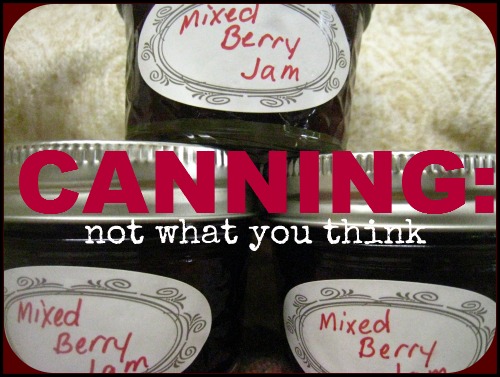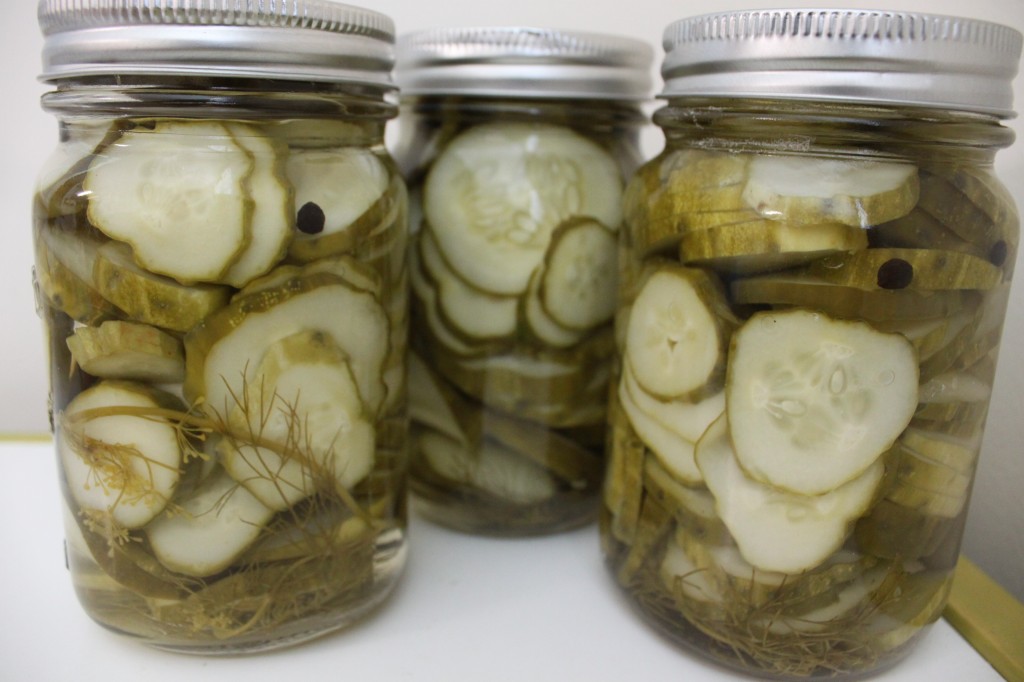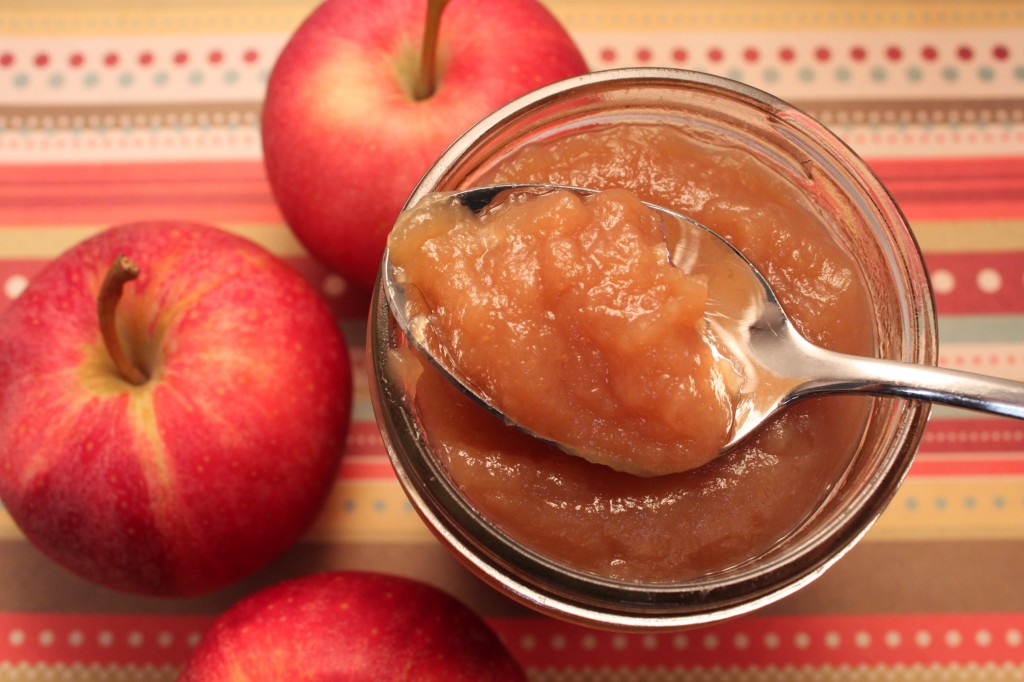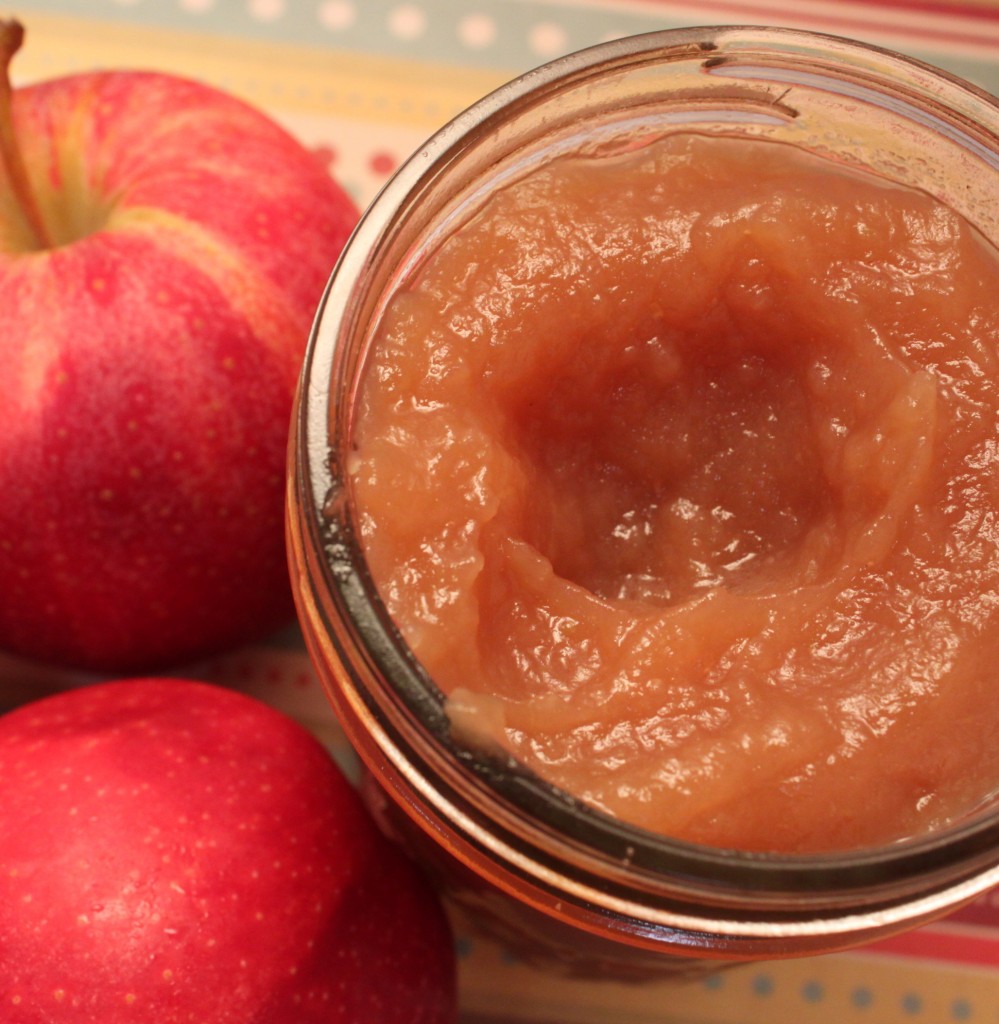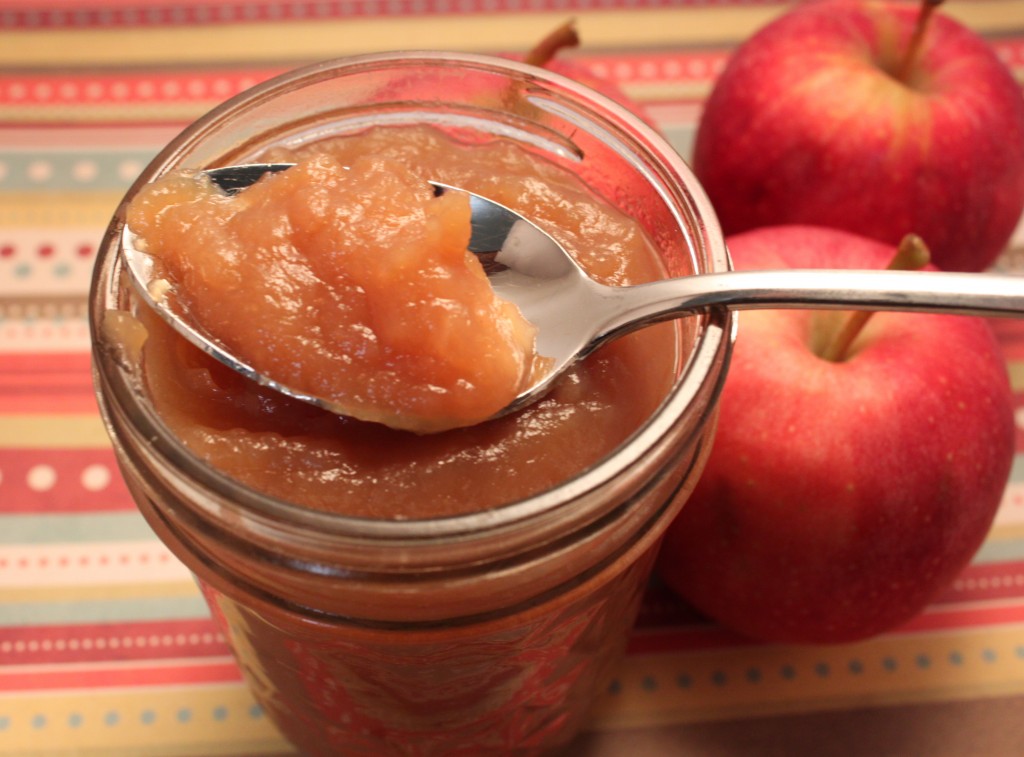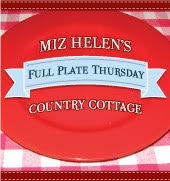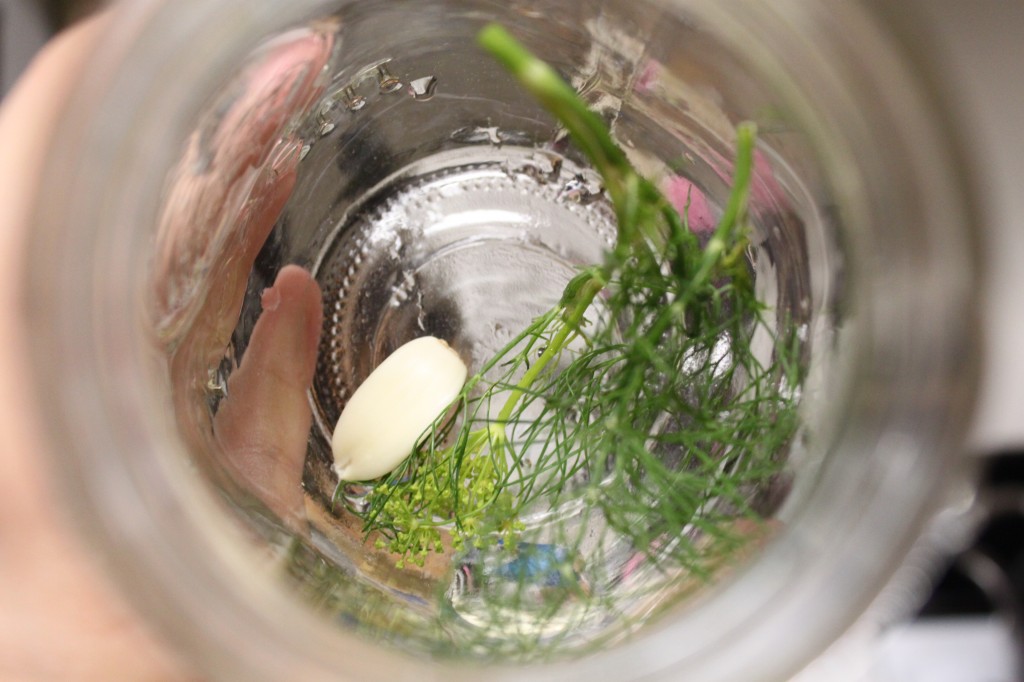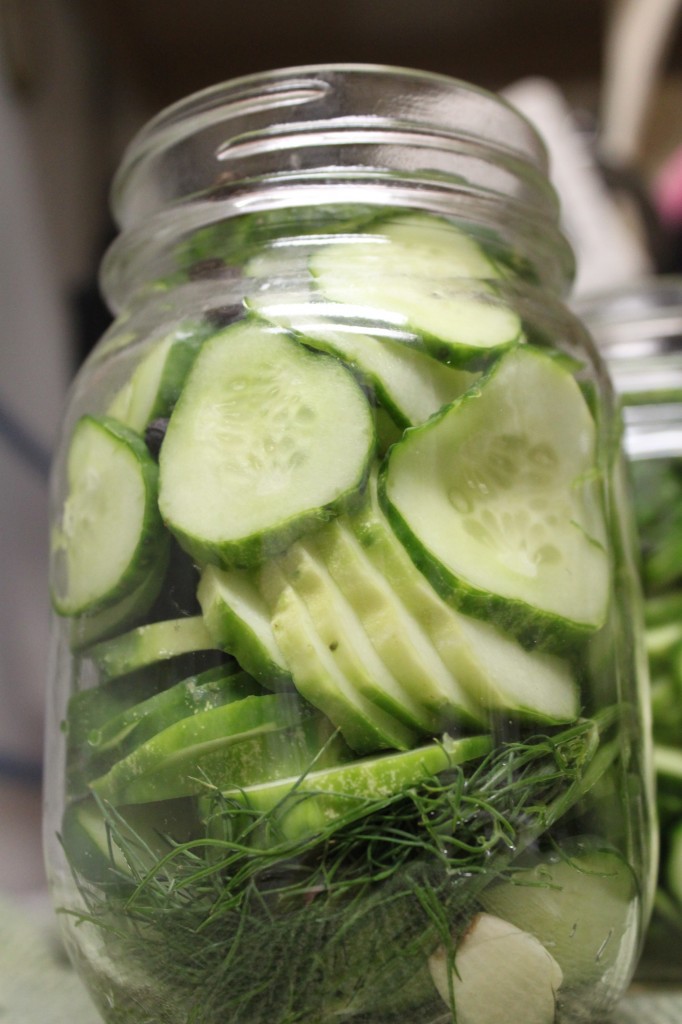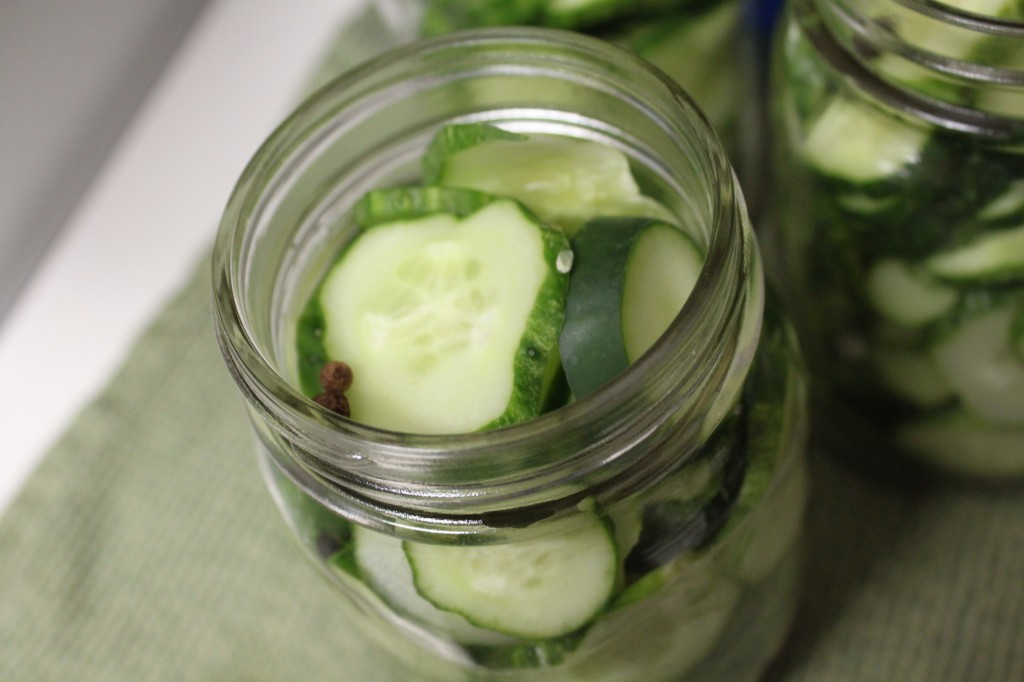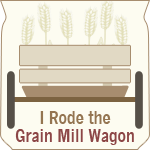Does the whole idea of canning scare you? Or do you feel like it’s just time-consuming? Or perhaps you think you just don’t have the skills necessary to can successfully.
A few years ago, that’s exactly how I felt: scared, apprehensive, and unsure about the whole concept of preserving at home by canning. But I took a deep breath, jumped in and started… and found, to my surprise, that canning was not at all what I thought it was!
If you’re still hesitant to experiment with canning, read my guest post today at Keeper of the Home that will reassure you about the ease and safety (not to mention the expense) of canning.
And be sure to come back on Thursday, because I’m going to have a nice little giveaway featuring one of the products I mention in that post!
Sharing at Works for Me Wednesday, Women Living Well Wednesday, Titus 2sDay, Allergy Free Wednesday, Whole Foods Wednesday,Traditional Tuesday, Real Food Wednesday, Frugal Days Sustainable Ways, Healthy 2Day Wednesday

